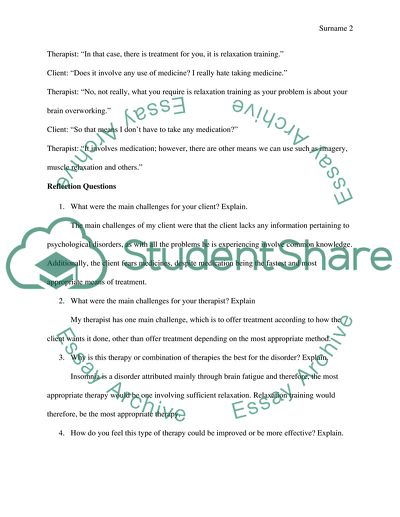Behavioral, Cognitive, and Group Therapy Activity. Case study Essay. Retrieved from https://studentshare.org/psychology/1646266-behavioral-cognitive-and-group-therapy-activity-case-study
Behavioral, Cognitive, and Group Therapy Activity. Case Study Essay. https://studentshare.org/psychology/1646266-behavioral-cognitive-and-group-therapy-activity-case-study.


